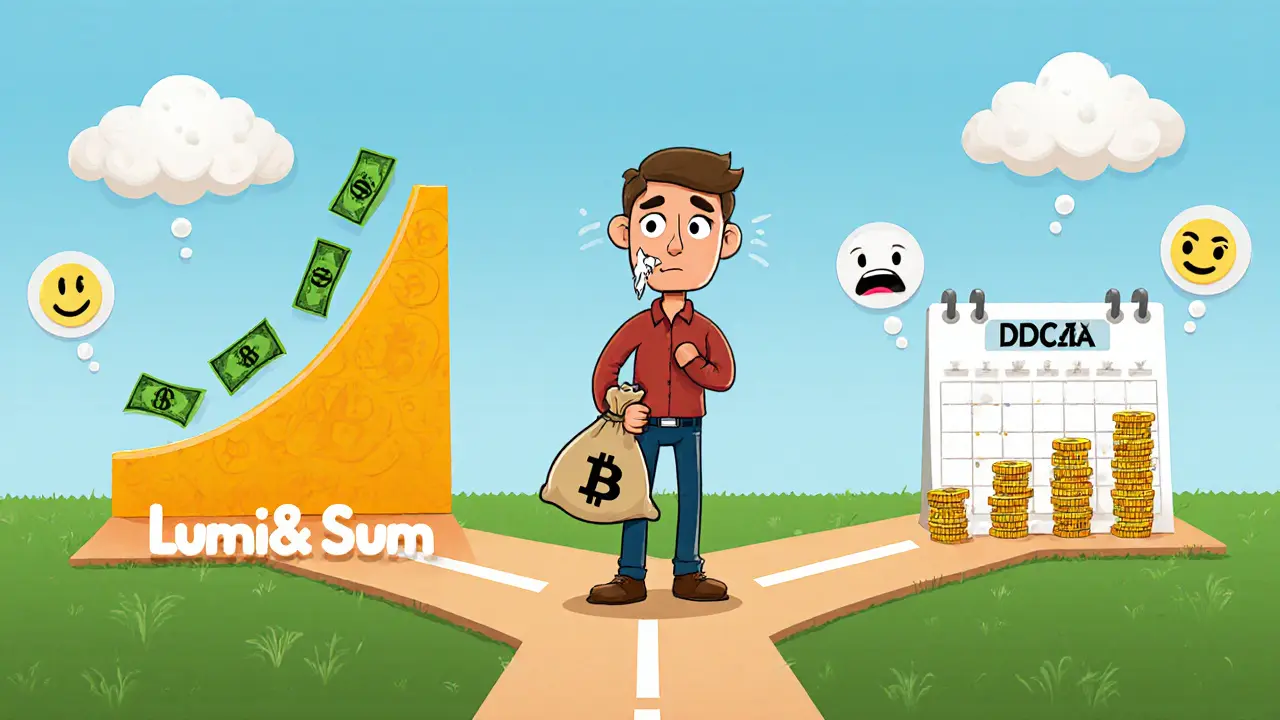Crypto Investment Strategy: How to Build Smarter Portfolios and Avoid Common Traps
When you hear crypto investment strategy, a plan to grow digital assets while minimizing avoidable losses. Also known as digital asset allocation, it’s not about timing the market—it’s about knowing what to avoid, when to walk away, and which tools actually work. Most people lose money in crypto not because the market is too volatile, but because they treat it like a casino. The real strategy starts with asking: Who’s behind this project? Is it audited? Does it have real users—or just hype?
A good crypto investment strategy, a plan to grow digital assets while minimizing avoidable losses. Also known as digital asset allocation, it’s not about timing the market—it’s about knowing what to avoid, when to walk away, and which tools actually work. isn’t just about picking coins. It’s about understanding the ecosystem. DeFi, a system of financial applications built on blockchain without banks. Also known as decentralized finance, it lets you earn interest on your crypto through yield farming, locking tokens in liquidity pools to earn rewards. Also known as liquidity provision, it can pay high returns—but it also comes with impermanent loss, smart contract hacks, and rug pulls. You don’t need to chase 100% APY. You need to know which protocols have real volume and verified code.
Then there’s privacy coins, cryptocurrencies designed to hide transaction details. Also known as anonymous coins, they like Monero and Zcash aren’t just for criminals—they’re for people in countries with capital controls, journalists under surveillance, or anyone who doesn’t want their spending tracked. Ignoring them means ignoring a major shift in financial privacy. And don’t forget exchanges. Not all are created equal. Some, like Blockfinex or SkullSwap, have no audits, no liquidity, and no real users. Trading on them isn’t investing—it’s gambling with your wallet.
Your crypto investment strategy should also include knowing when to say no. That SUNI airdrop? Zero value. CHIHUA token? Fake. Levana Protocol? Dead. These aren’t mistakes—they’re traps designed to steal your attention, and sometimes your funds. The best investors don’t chase every new coin. They focus on transparency, real usage, and long-term viability. They check active addresses, not just price charts. They look at on-chain data, not just Twitter memes.
And it’s not just about what to buy—it’s about where you hold it. Some exchanges, like Garantex or Exved, are banned in Russia. Others, like NovaEx, promise zero slippage but have unverified insurance. Portugal lets you hold Bitcoin tax-free after a year. Angola banned mining because people were stealing power. These aren’t random facts—they’re pieces of the puzzle. Your strategy has to adapt to regulation, geography, and risk.
Below, you’ll find real reviews of exchanges, breakdowns of risky tokens, and clear explanations of how DeFi, oracles, and blockchain reliability actually work—not marketing fluff. No fluff. No hype. Just what you need to know before you invest another dollar.
DCA vs Lump Sum Investment in Crypto: Which Strategy Wins in 2025?
DCA vs lump sum in crypto: which strategy wins? Math says lump sum outperforms, but psychology says DCA keeps you in the game. Here's what actually works in 2025.
